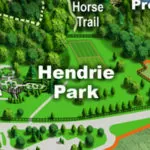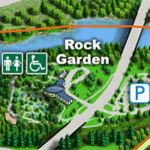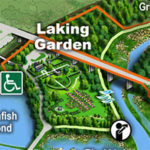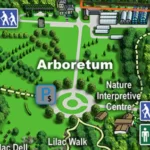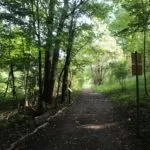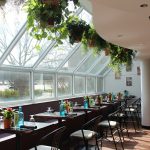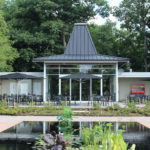| Membership | Price (+HST) |
|---|---|
| Single | $85/year |
| Single Plus | $120/year |
| Family | $130/year |
| Family Plus | $175/year |
| Contributing | $300/year |
| Supporting | $600/year |
| Sustaining | $1,000/year |
| Benefactor's Circle | $2,500/year |
| Director's Circle | $5,000/year |
| President's Circle | $10,000/year |
Ravishing Redbuds
By Jon L. Peter, Curator & Plant Records Manager, Royal Botanical Gardens.
Thanks to hybridization and selection efforts, the redbud has become a very popular plant in the market in recent years. The number of introductions has increased significantly due to this demand for an adaptable, “native”, and small-sized tree.
Redbuds are scientifically known as Cercis – which comes from the Greek kerkis meaning ‘weaver’s shuttle’ and refers to the shape of the fruit. Cercis is a member of Fabaceae (pea family); its fruits are pea-like pods which are green and pink when young and ripen to brown.
The common name redbud refers to the coloration when the flower buds are still tightly closed. Many types feature various shades of pink or white flowers when fully open. The flowers and fruits of redbuds are cauliflorous, meaning that they arise from the main stem of a plant or trunk of a tree.

Cercis canadensis – RBG accession 20170002*B – The straight species showing the natural colouring of flower buds and opened flowers.

Cercis canadensis ‘Pauline Lily’ – RBG accession 20140160*C – Featuring light pink flower buds.
There are fascinating things to learn about RBG’s history with this group of beautiful plants. In RBG’s Special Bulletin #9 from 1956 it was reported that, “…specimens are being collected for the establishment of the Dogwood and Redbud Collections”. In the late 1950s, the George E. Campbell Collection of Dogwood and Redbud was officially recognized.
This collection was laid out to trial plants of Cercis canadensis (Eastern Redbud) and Cornus florida (Flowering Dogwood) for adaptation to Ontario climates. These two species have a limited native range in Ontario, being at the northern edge of their North American native distributions. Flowering Dogwood is limited to the Carolinian zone and since 2007 has been considered endangered in Ontario. Eastern Redbud was only known to be native from one location at Point Pelee but is now considered extirpated from Ontario.
The objective of the George E. Campbell Collection of Dogwood and Redbud at RBG noted that, “…directed selection is an important part of plant improvement. This technique is used in breeding programmes when evaluating progeny. Propagation and hybridization of the superior clones may lead to the introduction of ornamental cultivars more adapted to the conditions of southern Ontario”.
There has not been anything uncovered in our records that suggests this collection did result in cultivars being introduced to the nursery trade, however, it did show some foresight of the eventual popularity of these species. Flowering Dogwood and Eastern Redbud now have many cultivars and hybrids introduced and both have become common in residential landscapes in Ontario.
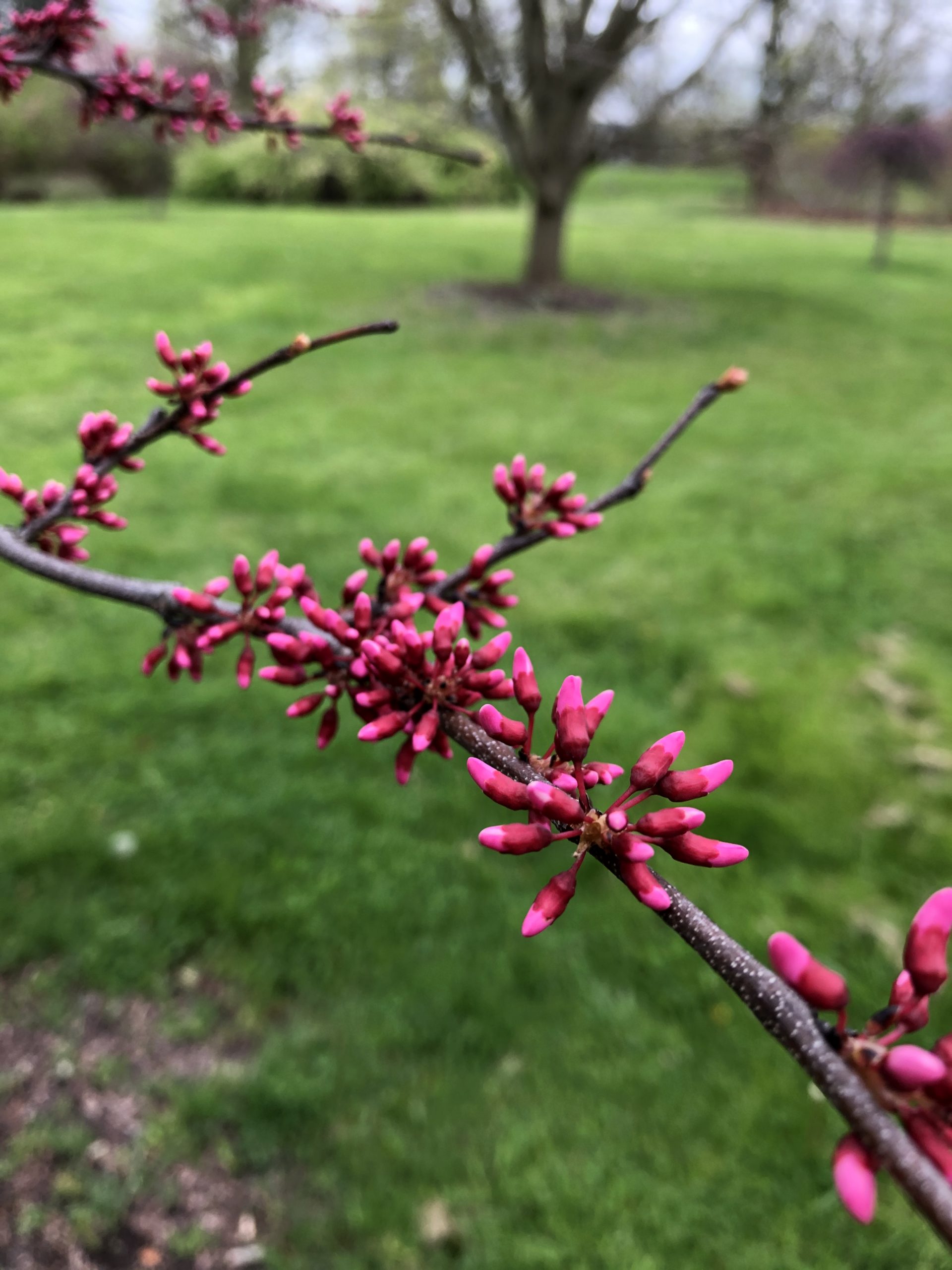
Cercis canadensis ‘Tennessee Pink’ – RBG accession 20140164*B – Featuring vibrant deep pink flower buds.
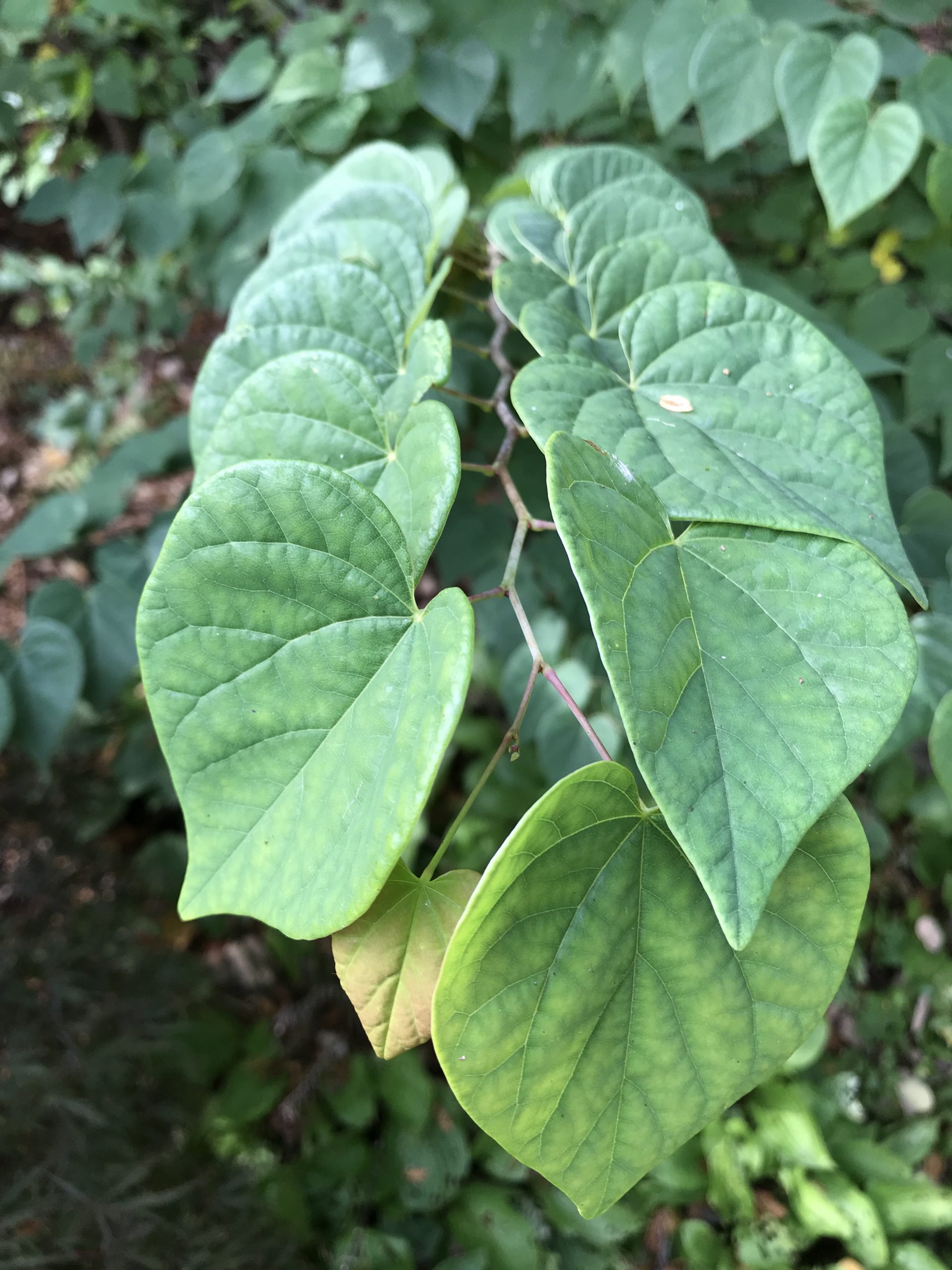
Cercis canadensis ‘Ace of Hearts’ – RBG accession 20100241*A – Some cultivars feature unique characteristics like weeping (pendulous) forms, variegated or purple-leaved forms, and like this ‘Ace of Hearts’ cultivar featuring an orderly arrangement of heart-shaped leaves along its branches.
Historically at RBG, we have experimented with cultivating other species of redbuds like Cercis chinensis (Chinese Redbud) and Cercis siliquastrum (Judas Tree) but records indicate that we did not have much success with those species, likely due to lack of hardiness. All the redbuds grown today at RBG are derived from Eastern Redbud. Currently we have 32 accessions and 73 individual plants representing 15 taxa (types: species, hybrids, and cultivars) in the genus Cercis. These can be found throughout all our gardens and collections, with concentrations at David Braley and Nancy Gordon Rock Garden and within the Arboretum’s Synoptic Shrub Collection.
Another concentration of redbud specimens can be found in the George E. Campbell Collection of Dogwood and Redbud in the Arboretum. This is an interesting area where our arborists have been diligently working on cleaning up the invasive shrub understory, mitigating the deteriorating canopy trees, and bringing some order to this space. Situated to the south of the Lilac Dell, this north-facing slope features some of the original Cercis and Cornus that were planted in the late 1950s that have grown into impressive specimens. The redbuds will be at peak bloom for a short time, so get out to the Arboretum soon to check out this collection of trees.
More from the RBG Blog
Check out RBG’s blog for announcements, articles, and more from Canada’s largest botanical garden.
Want to be sure you hear first? Sign up for our weekly e-newsletter to hear about upcoming events, weekend activities, articles, and more!

